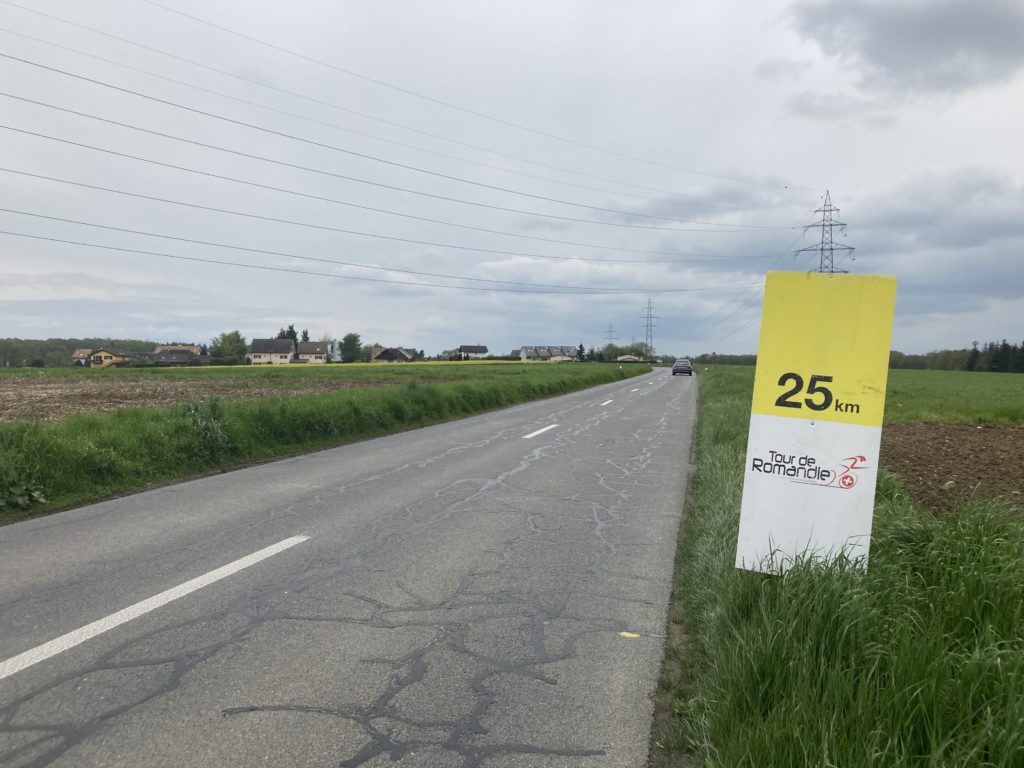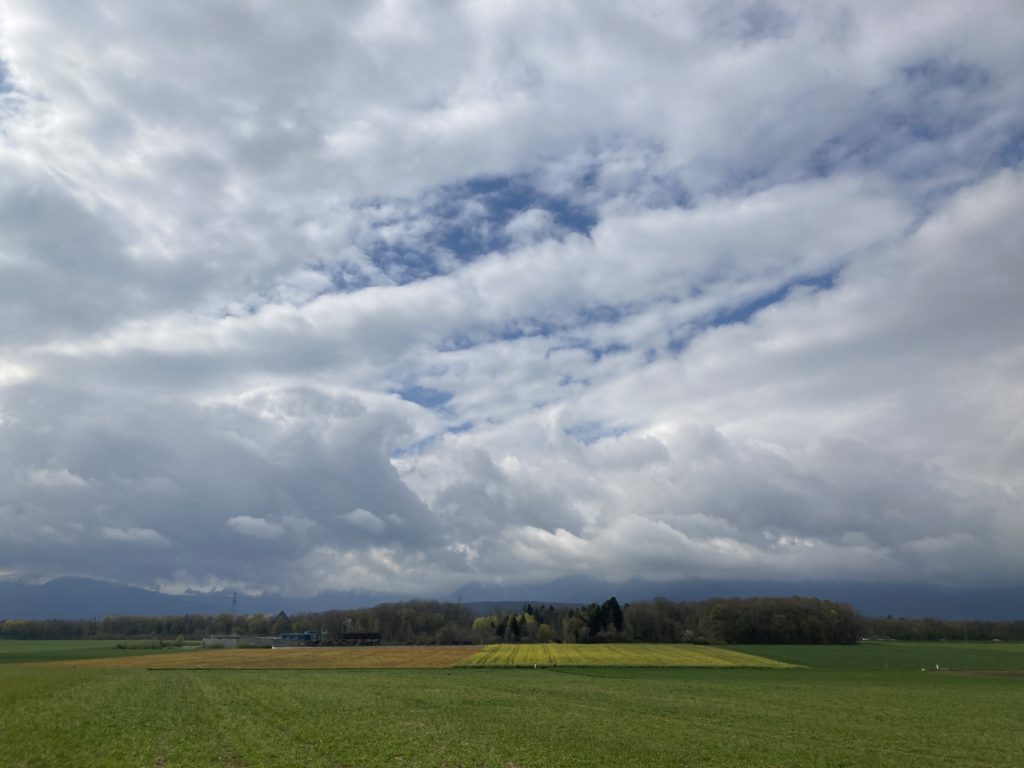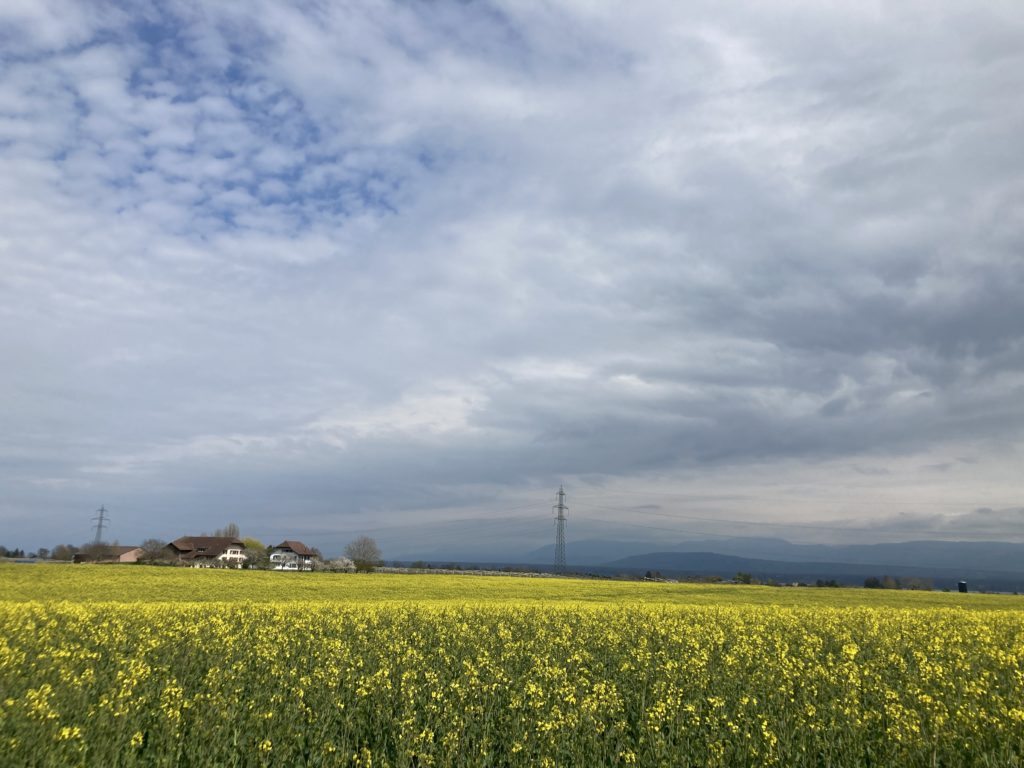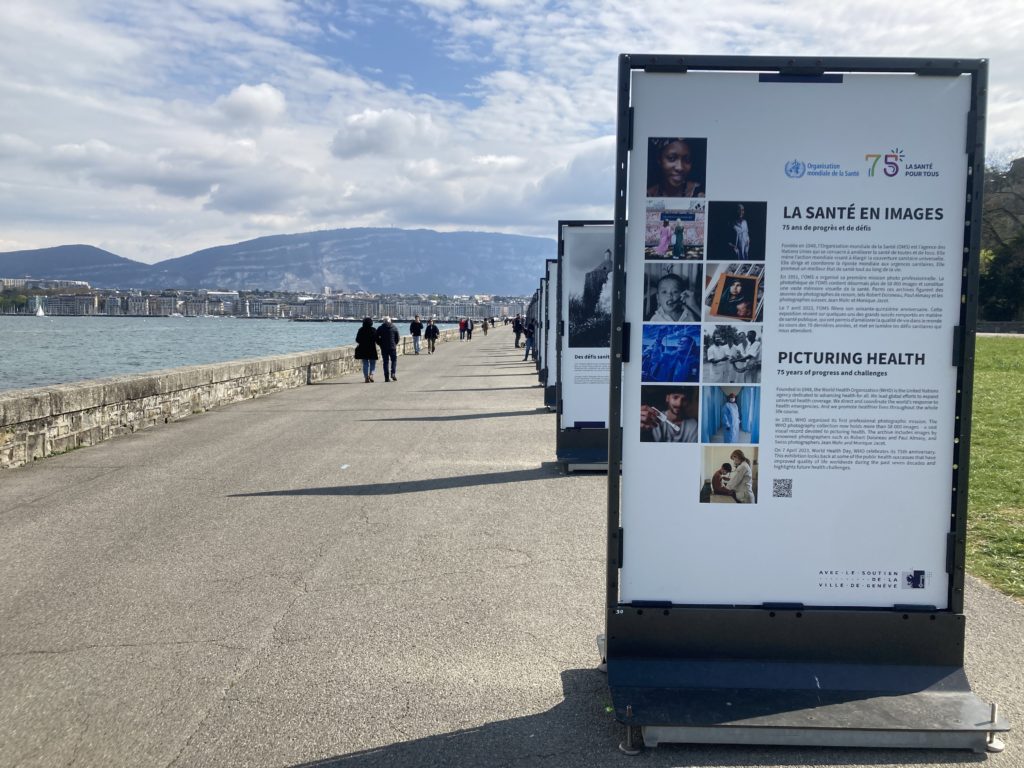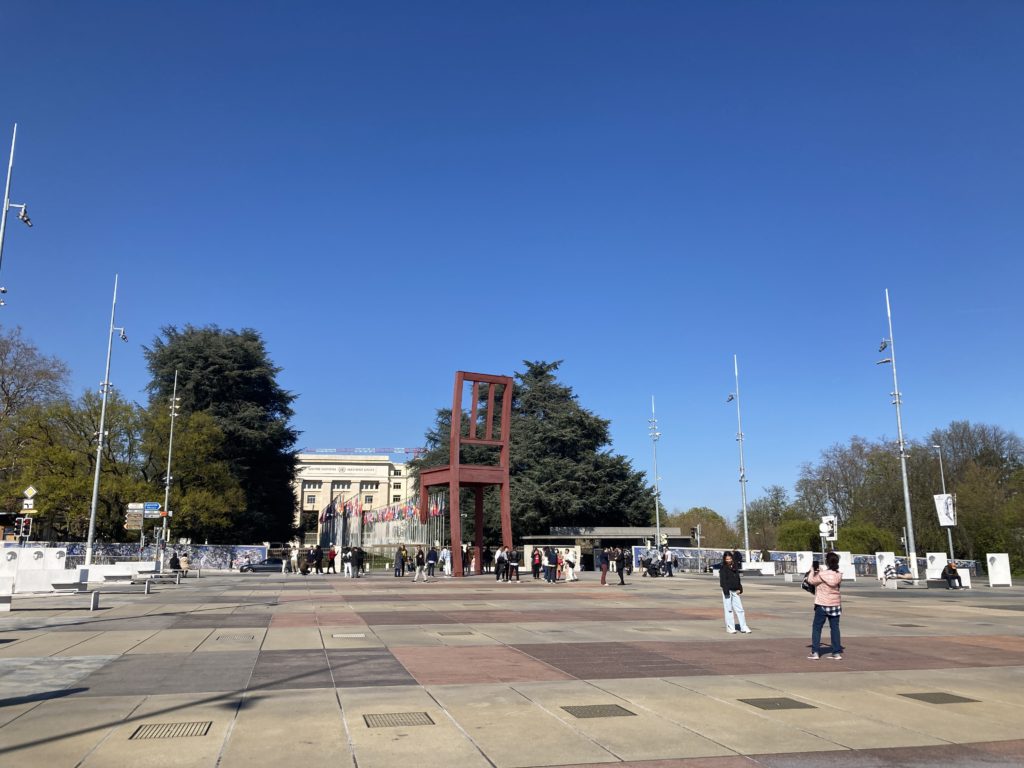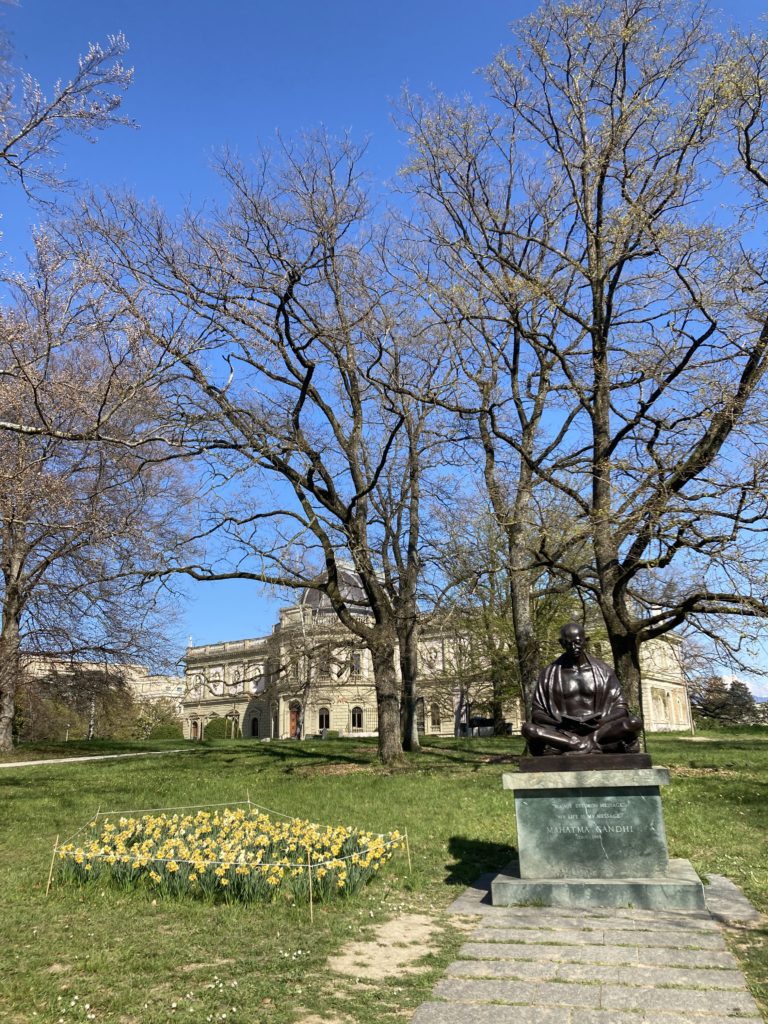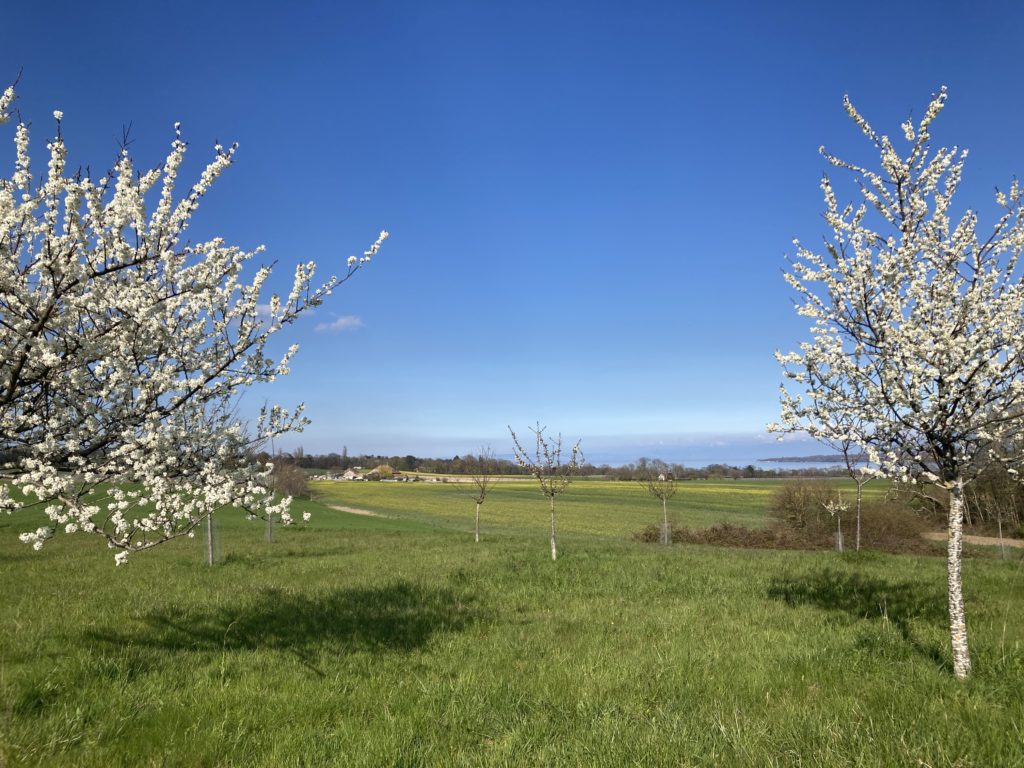The Swiss travel an average of 30 kilometres per day in their cars, according to a new survey shared by the Radio Television Suisse.
I walk 14 to twenty kilometres per day, and if I go for a bike ride I travel 30 kilometres. I use the car twice a week, for food shopping and that’s mainly because of the 15 minute rule for refrigerated food, rather than laziness. During the pandemic I would do food shopping with the car but pick up the drinks by going for a walk. It’s a one hour trip to the shops and back for me.
My single biggest frustration with walking as I do in Switzerland is the network of roads that lead from everywhere to everywhere, with no pedestrian paths for walkers or cyclists. Some villages and streets are designed for cars, with no pedestrian option. No pavement, no cycle path. No limit to 20 km/h. It’s assumed that people will use the car, rather than walk. This is astounding.
When I drive I show respect for walkers and cyclists. I slow down to pass them, on narrow roads, and on wide roads I go to the opposite side of the road to pass cyclists and walkers. To reduce the need for cars people need to be able to get from their homes to walks and cycling lanes, without risking dangerous drivers. For five years I have walked more than driven. For five years I have seen how cars behave with. pedestrians and cyclists. For five years the toxic behaviour has encouraged me to drive with humanity, but also to desire a switch away from cars. We should not automatically get into a car to do things. We should automatically get our walking shoes on, or get on our bikes.
“Il y a un énorme travail à faire. C’est une question d’horaire, pour qu’on puisse se déplacer le soir et le week-end dans les heures creuses. C’est aussi une question de destinations: il faut que les transports publics soient facilités à destination des régions touristiques”
In brief, Vincent Kaufman says that public transport needs to be spread across the day, not just at peak times, but also that transport needs to be later in the evening, when people who want to go out socialising need to have transport. That’s what I have said for years, or even decades. We see how London makes it easy to get around even at night, whether with tubes until midnight or later, now, or night buses.
In the video interview he also speaks about how the Swiss transport network is geared towards commuters rather than pleasure seekers. I find this both paradoxical and ironic, since so many adverts encourage people to take public transport. Having said that, transport is to the tourist traps, rather than areas of unique and outstanding beauty, which is why I suffered so much, without a car one summer, and without the ability to drive a second summer. That’s why I pivoted to local walks and bike rides.
If there is an alternative to the car people will use it. If the alternative to cars is cheaper, then people will use it. I have happily explored every walk and bike route from Geneva, and even Yvoire to the West, and Lausanne to the East. I think that I know almost every road, via biking. For walking I think I know most paths within a two hour walking range of my current home. I used to go to the mountains every weekend, like described in the article, but with the pandemic, job insecurity, a broken arm and a summer without the car I have learned to walk and cycle.
Two Frustrations
My two frustrations are, first, that dog walkers don’t keep their dogs on leashes, so at least six times I have been attacked by dogs. People love to say “If you’re not afraid of a dog then it won’t attack”, that’s great, but then I am being attacked, precisely because I am scared, which is why I am scared in the first place. A few days ago I thought that my fear of being bitten would be realised but I had the right response. Principally I froze.
The second frustration is that cars do not respect cyclists and pedestrians. Every single day cars drive too fast by me. When I drive by people I either give them space, if there is space, or I overtake pedestrians at slightly more than walking pace.
And finally
I went from using the car seven days a week, for almost anything, to using the car just twice a week, and only because I need it for shopping. I have gone from driving one or two hundred kilometres a weekend, and 50-60km a day, to zero. I am the change they want to see.



